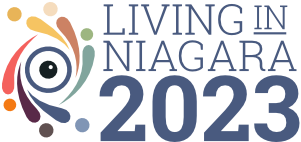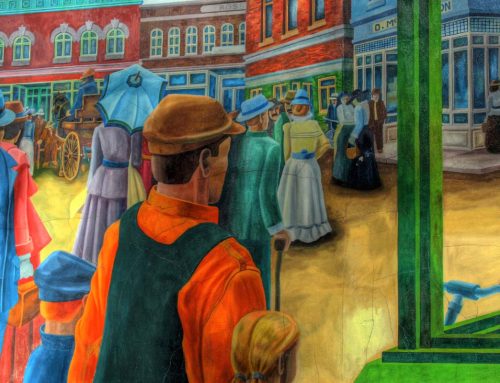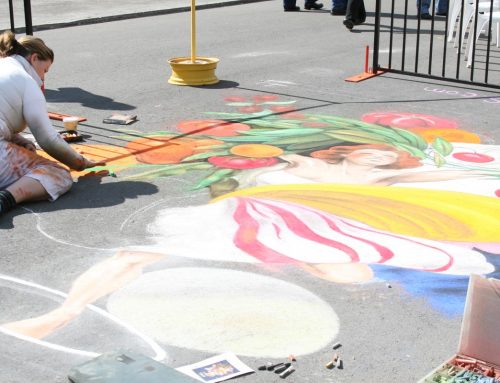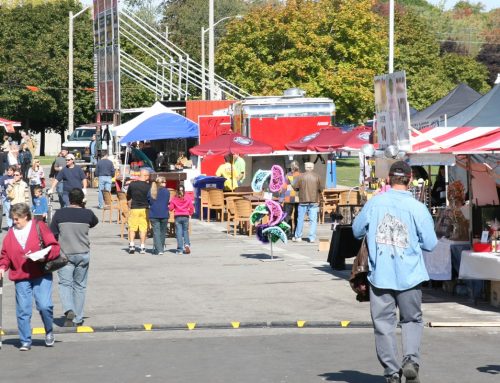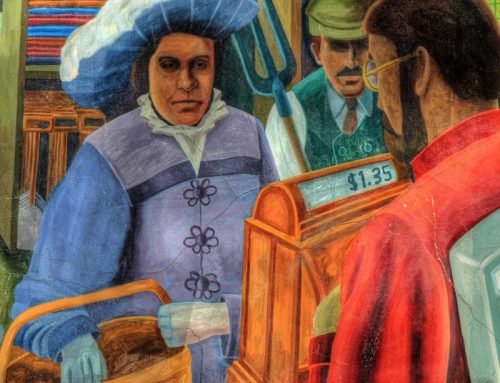[button_link style=”green large” url=”https://www.livinginniagarareport.com/wp-content/uploads/LivingInNiagarareport-2011-Arts-Culture-and-Heritage-in-Niagara.pdf”]Click here to download a PDF of the summary version of this sector.[/button_link]
Creative expressions of the arts, culture and heritage provide a distinct identity for individuals and a region. They provide a climate of creativity, vitality, diversity and inclusion for its citizens. The arts, culture, and heritage are significant economic drivers of tourism and related activities. The arts include performing, written, visual and media arts.
The arts entertain, stimulate and inspire citizens and societies.
Heritage resources include the historical sites, stories and traditions of an area. Niagara’s heritage is evident in the buildings, collections, sites, events and written accounts of life in Niagara over time. Cultural spaces are environments where creative planning and innovation thrive. Culturally rich and vibrant communities contribute to the health and imagination of Niagara’s citizens. They support diversity, enhance tourism and contribute to the health of the local economy.
What we are doing well…
The Niagara Culture Committee completed a cultural assets inventory for Niagara (1,847 assets) and the region adopted a Niagara Culture Plan in 2010. The plan outlines the strategic future directions for Niagara related to developing a creative economy; creative places; creative people; and a creative identity. The Niagara Culture Committee mapped the many cultural assets of Niagara, beginning with tangible resources. The more intangible resources of the stories and traditions also define the region. Niagara offers a rich diversity of multi-cultural celebrations, and many musical, artistic and performing cultural venues and festivals. These employ artists and cultural workers who attract local, national and international audiences. Financial support for arts, culture and heritage are not always consistent and sustained, but are derived from a variety of sources. These include: levels of government, multi-cultural centres, the Ontario Trillium Foundation, Canada Council for the Arts, the Department of Canadian Heritage, user fees and patrons. Niagara libraries continue to increase their number of cardholders and visits in person and electronically.
By working together, we can improve arts, culture and heritage in Niagara
We can increase our efforts to cultivate an environment where cultural and creative work, innovation, creative thinking, the arts and entrepreneurial endeavours can flourish. Increased cross-sectoral investment in cultural endeavours will be required. This sector would benefit from increased networking, economic impact monitoring and recognition, planning infrastructure and a system to keep a current, publicly-available inventory of cultural assets. With increased capacity, we could attract and retain more cultural workers and artists to Niagara to work and make their living. While there is significant government spending on large-scale projects, funding for smaller community projects is not consistent or sustained. We could work together on the actionable strategic directions outlined in the Niagara Culture Plan and the Sustainable Niagara Goal Areas.
Emerging Activity
- A collaborative venture between downtown St. Catharines and Brock University is underway to complete an Academic and Cultural Arts Centre to open in 2014. It is planned to have 7 performance venues, 1 film venue, 2 studios and an 800 seat concert hall.
- Niagara has been designated a Cultural Capital of Canada for 2012 by the Department of Canadian Heritage, in recognition of Niagara’s vibrant arts scene, and in support of heritage events marking the bicentennial of the War of 1812.
Suggested Action Steps
that emerged from the data, and discussions with community expert opinion leaders:
- Develop a system to keep the Niagara inventory of cultural assets current, well-described and available to the public.
- Build a coordinated system to secure consistent and sustainable funding for arts, culture and heritage in Niagara.
- Describe and monitor the impact of this sector as an economic driver in Niagara as well as its impact on other sectors.
- Support the actionable goals and objectives as outlined in the Niagara Culture Plan and Sustainable Niagara’s Goal Areas.
[call_to_action title=”Expert Opinion Leader Rating” tag_line=”We are doing well and headed in the right direction.” button=”4″ link=”JavaScript:alert(‘We are doing well and headed in the right direction.’);”]
